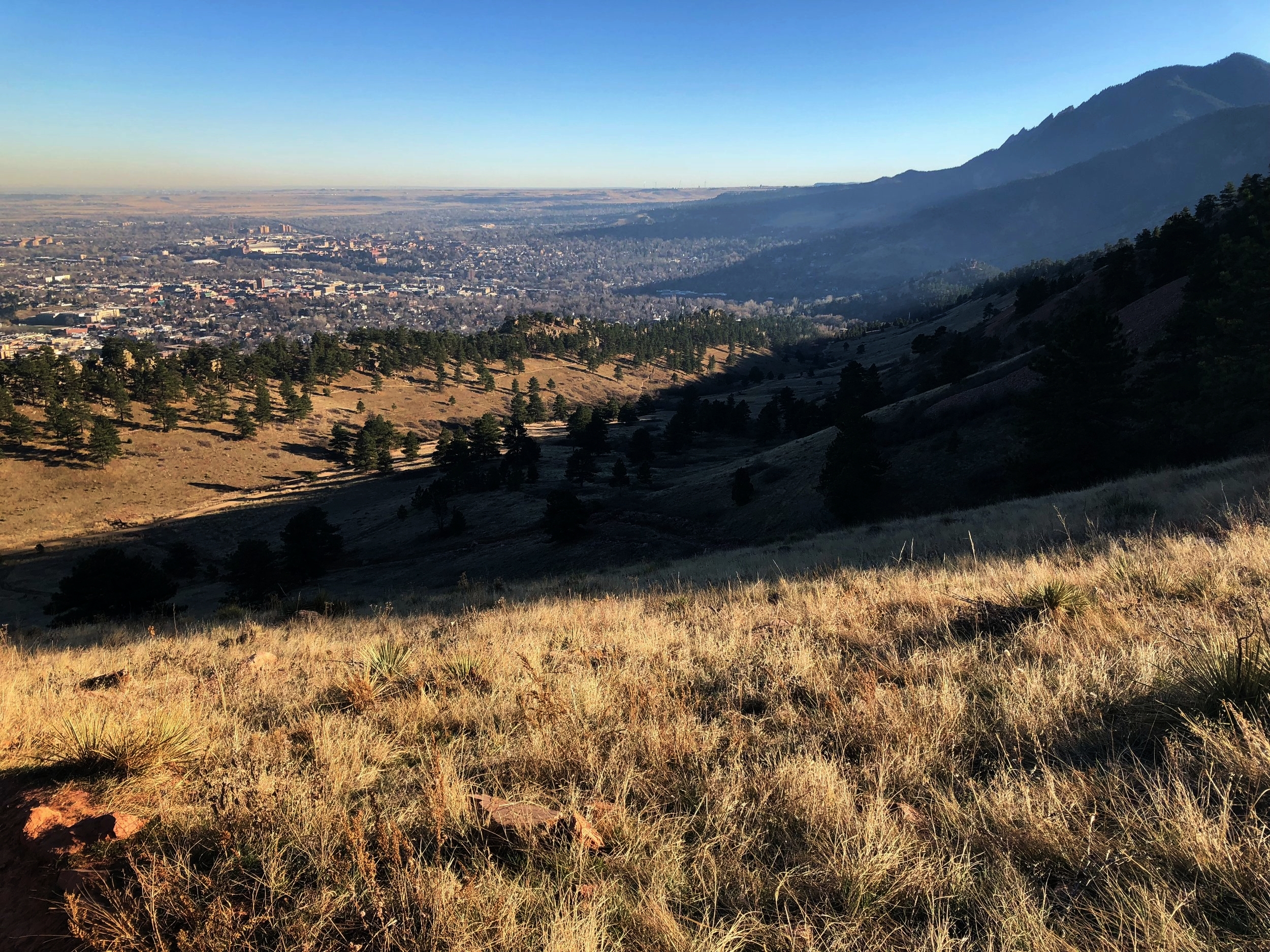Early Life Experiences with Leadership and Teamwork

Early Life Experiences with Leadership and Teamwork is the first post in a five-part series about my roots as an entrepreneur. The other parts are:
- Two: From a Hobby to a Real Business
- Three: Scaling the Business, and Me
- Four: From Standing on Peaks to Battling Cancer
- Five: Businesses Come and Go. I'm Always an Entrepreneur.
During my sophomore year at UNC Chapel Hill in 2000, I got really serious about merging my interests in business and computer science and decided to transfer to the only school really thinking about tech startups at the time—Stanford.
I had to send my records along with the application, so I headed to the registrar’s office. As I sifted through the files, I was surprised to find a copy of the college application I’d written a couple years prior. Even more surprising were the two sections circled in blue ink.
One circle was around Eagle Scout and the other, Varsity Basketball captain.
I never transferred to Stanford, but that story sticks with me for a different reason. It wasn’t my GPA or intellect that stood out to the reviewers at Carolina. They were most compelled by the two experiences that offered me the hardest and best lessons in leadership, discipline and ultimately, entrepreneurship.
In the two years since high school graduation, I’d forgotten how formational those experiences had been.
Boy Scouts taught me character and grit through a straightforward, standardized process of accomplishing goals and tasks and moving up ranks. I’d earned bite sized chunks of leadership over the years, but the ultimate opportunity came during the summer before my senior year, when I was selected to lead the western North Carolina regional troop at National Jamboree.
This was a big deal and a huge honor. National Jamboree happens only every four years and involves 10 days of camping and activities. For me, it also meant leading and ensuring the survival of 47 boys who’d mostly never met each other.
It was the first time I felt like I had a large amount of responsibility, and that I was prepared for it. I had just 24 hours to build rapport with the group. I had to form a hierarchy of leaders and teams underneath me to ensure meals were prepared, the site was clean and safe and we could master the challenges set before us. Expectations had to be set and managed. And I wanted to keep everyone happy—at least most of the time.
Leading well at Jamboree was all about being a peer and also a leader—finding things in common with my team and making sure they know those things are important to me. But also leading in a direction that is best for everyone. I later learned that’s a leadership style called player-coach, and it works in business settings too.
Later that year, I was named captain of the basketball team at my high school. While I had some responsibilities as a leader, that role was more about leading by example. Winning meant that each player needed to be disciplined to train, play and do it all over again the next day. As captain, that started with me.
In this role, I first felt the pressure to perform and the high of doing it alongside a team. Where I lacked in ball handling, speed and passing, I counted on teammates to excel.
It offered the best example when I became an entrepreneur and began building my team. There are areas where I am highly competent and others where I’m completely miserable—I required teammates who complemented me. I can’t fathom not having a team in anything, but especially in building a high growth business.
These early experiences helped form the entrepreneur that I am today. I believe those lessons in leading and performing under pressure, alongside a team, prepared me to take on and manage the risks of entrepreneurship.
But I learned a whole lot more through the ups and downs along the way.
The next story in this five-part series is From a Hobby to a Real Business.